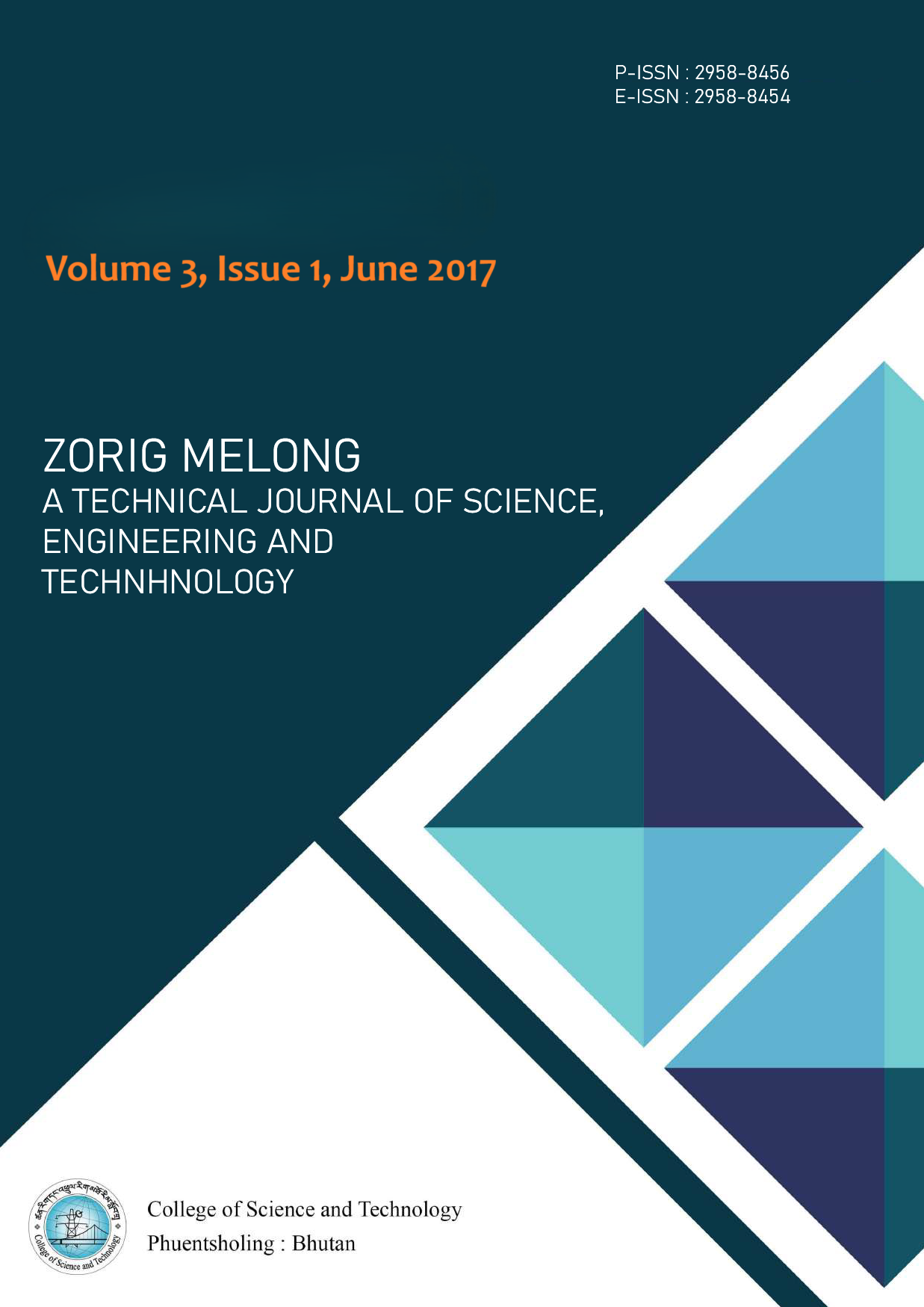Waste Water Treatment using Constructed Wetland with Common Reed
DOI:
https://doi.org/10.17102/zmv3.i1.008Keywords:
Reed plant, Wastewater, Vertical flow reed bed, Horizontal flow reed bed, Hybrid flow systemAbstract
Constructed wetlands have gained much popularity for treating wastewater for small communities as a secondary treatment method for the onsite sanitation system. There are various design configurations that affect the treatment efficiency of constructed wetlands like, the type of vegetation, type of flow pattern and direction, Hydraulic Retention Time (HRT) and type of substrate and pretreatment provided. This study examines the effect/efficiency of different flow direction used in subsurface flow constructed wetland planted with common reed. The model was designed and the experiment was conducted on two subsurface flow reed beds; vertical flow bed, horizontal flow bed and hybrid system in an open-air laboratory receiving pre-treated domestic wastewater with a hydraulic retention time of 5days. The influent wastewater used were poorly treated wastewater which poses high risk to human and environment health. In the vertical flow reed bed, the removal efficiency of COD, BOD, TSS, and TP was 74.9%, 78% and 98% with a HRT of 5days. In the horizontal flow reed bed, the removal efficiency of COD, BOD, TSS, and TP was 67.9%, 74%, % and 97% with a HRT 5 days. It was found that in the hybrid flow system, the removal efficiency of COD, BOD, TSS, and TP was 76.5%, 85%, % and 100% with a HRT of 5days. The final effluent was found to be suitable for non-drinking purposes like crop irrigation and for direct disposal into the environment. The hybrid flow system under a 5-day HRT provided the highest pollution removal efficiency.





